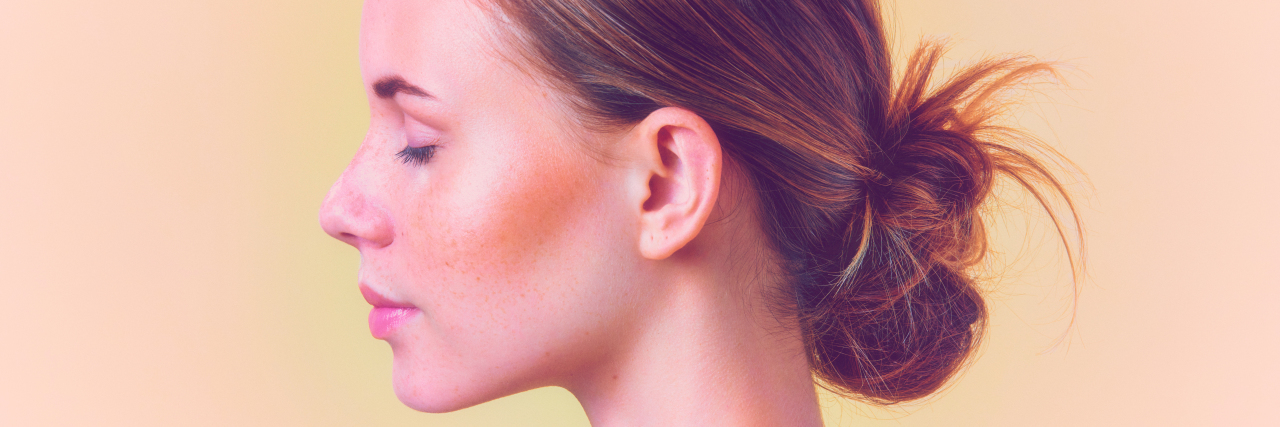I have been blind in my right eye for nearly two years. My blindness occurred suddenly due to a terrible accident. Learning to live with vision loss definitely has a substantial adjustment period. The brain needs time to adapt to this major change, yet in my experience there is not much that can be done to facilitate the process.
While I do see some light and blurry objects out of my injured eye, a significant amount of my central vision is gone along with portions of my peripheral vision. I feel like it is easy for others to discount what I’m dealing with because I do still have sight in one eye. People often do not realize how frustrating it is to live with the actual vision loss. I find not being able to see what is right next to you incredibly terrifying.
There is a misconception that the good eye will strengthen itself and make up for the blind eye. Your brain makes adjustments, but your good eye does not magically improve its vision so it becomes like nothing happened. In reality, the vision in the sighted eye stays the same and continues to change with age as it normally would, and it is now combined with what is left of the blind eye. This presents so many difficulties for me on a daily basis, such as loss of depth perception, light sensitivity and night blindness. It’s all fluid, changing from day to day based on variables such as the amount of sunlight or the type of weather.
I have been told that your brain needs time to adjust to vision loss, to rewire itself accordingly. Please note it feels like this takes forever! Other than completely covering the affected eye with a patch or a special contact lens, there really isn’t much people like me can do except get used to it. There is no physical therapy available; there is no medicine that will make it all better. Adjusting to blindness is a learning curve where you must now make accommodations in your life to compensate for the vision loss.
Throughout this journey I have found some things that do help. The most important thing I learned was to slow down. This was not easy for me because I have three kids and am constantly on the go. Every single task had to be broken down, thinking through each step carefully. I had to train myself to complete simple tasks ranging from how to fill a glass to stepping off a curb; even getting out of the car was tricky.
Becoming familiar with what your limitations are and what you are comfortable doing is also a big change. For me, crowds produce anxiety and driving can be terrifying. Taking my kids places proves to be frustrating, not because they are misbehaving but because I cannot see them even when they are right next to me; this keeps me in a constant state of panic. We are learning together what an afternoon outing looks like and where I am comfortable taking them when I will be the only adult there. Talking to others who have been through this can also be very helpful. This is one of those situations you really cannot understand unless you have walked in these shoes. Talking to those who have not been through it is good too; you can educate them on what it is like to live with blindness.
Over the past two years I have made adjustments to accommodate my injury. Many things have gotten easier, some things have not and I don’t know if they ever will. Although I am far from being used to life with vision in only one eye, I remain hopeful that I will figure it out at some point.
Getty image by Andrea Obzerova.

